Whether you’re beginning your BA, MA or PhD, it’s never too late to ask the questions that directly affect you and your studies. At the start of a new cycle of education we are bombarded with information, webpages and contact information for the various people overseeing our area of research.
I’ve now been a student representative at Swedish Universities for 5 years and I actively participated in a number of student associations as well as within the Student Council during the final year of my BA. While these positions varied in intensity and commitment, I’ve come to understand a small handful of reoccurring obstacles students face and I’d like to take a moment to elaborate upon them here.
Who should you know?
I would argue that one of the most crucial things to understand as a student is the organizational structure of your department and of the organizations made to represent you as students. In practice, the benefit of familiarizing yourself with this information is to expedite your communication with the people who are meant to help you.
There are two places to look for this information.
- Department Organization and Staff
- First, if you don’t already know, you should determine which department your programme falls under; this information should be on your programme’s webpage.
- Next, you should navigate to the Organization and Staff webpage, from there you can search for your department in the provided search bar and open the corresponding link.
- Once you’ve done this you will be able to see the various individuals responsible for your department, such as the Head of the Department and the Directors of Studies; there may also be contact information for other staff such as administrators and/or counsellors.
Saving or knowing the location of the contact information for those directly responsible for your studies is something I highly recommend. Your teachers will likely go over this information during your first classes along with the expectations they have for you and other important information like student health services. However, I know from experience that it can be quite difficult to retain this information on the first day within a new programme or university.
- Uppsala’s Student Unions
As an example, I will refer to one specific Union – Uppsala Studentkår (Uppsala Student Union), as they are the most prominent on campus for the widest variety of students but please open the hyper-link above to see which union(s) best fit you and your studies.
- The Uppsala Studentkår website is a wonderful place to find all sorts of information regarding your experience at Uppsala University. There you can find – Information on how the Student Union operates, exciting student associations to get involved with, the Buddy Programme, and much more.
- Some of the most important information on their website has to do with the Student Union Staff and their Roles & Responsibilities. You can find the Elected Officials, The Chancellery, and, the Faculty Coordinators. However, perhaps the most important information is found within the Sections webpage; with the sections webpage, you can determine which section to contact for your needs and they will happily help you themselves or direct you to the correct contact person for your specific need.
Uppsala has a rich history of student unions and they are some of the most important organizations to familiarize yourself with during your time at Uppsala University. Their staffs are committed to helping students optimize their education, facilitating engaging activities for students and ensuring that students are represented at as many places as possible within the university’s infrastructure.
What should you know?
Another thing to prioritize as a student at UU is finding out what type of services and benefits are available to you.
The center of social life for students at UU, student nations are more than just places to have drinks, parties, and dinners. Student nations also frequently offer lunches at affordable prices, hold activities such as choirs, and some even have special housing initiatives for its members. It can also be a place to work or volunteer at to meet students you might not have otherwise crossed paths with. Lastly, members of nations also have exclusive access to a number of discounts through stuk.co. To read more about what nations are up to on a day-to-day basis you can look here.
Health & Support Services –
Uppsala University has quite a bit of infrastructure in place to make sure your needs are met. If you’re into working out, sports, team sports, climbing or personal training the on-campus gym Campus1477 has you covered. UU also offers a Lightroom to help with fatigue that can come with the darker months here in Uppsala.
Most importantly is Uppsala University Student Health Services, they offer a number of lectures and seminars as well as advice on mental health. They can also point you in the right direction either through their own individual counselling or through external support.
Another critically useful service offered through UU are the services aimed at promoting accessibility. This support mainly comes in two forms, the first is Language and Reading Resources offering; language workshops for written and oral guidance; the reading studio at Campus Blåsenhus which has programs to support students with reading impairments; Audio books, braille books and e-books; text-to-speech tools; and spelling support. The second form is Long-term disability support, which is more customized to the individual needs of students with various other forms of long-term disabilities.
Other Services –
Housing and Finance Services is a webpage available on UU’s website which offers information on finding housing in both Uppsala and Visby as well as some basic finance information for students new to Sweden.
Study and Career Counselling is another resource offered by Uppsala University which aims to assist students regardless of which stage of their academic career they are at. You can book appointments through the hyperlink above.
Library and Library Services is one of the most valuable assets you can utilize at the university, they have a large, dedicated staff that can help you navigate a wide array of obstacles and challenges. One place you can keep an eye on is the Library Calendar; here you can find a number of events both in-person and online that aim to help students and researchers develop their research skills and a variety of other skills. Another great resource offered through the library is their ‘Suggest a Purchase’ webpage which puts the power in the hands of students to request the literature important to their field of study. Otherwise, the libraries and their staff can assist you with locating sources, citations, printing on campus and much more.
The Student Rights webpage on the UU website is the number one spot for information on the University’s different policies, protocols, and responsibilities in place to protect you as a student in a number of different circumstances such as discrimination, injuries & incidents, cheating & plagiarism, student working conditions and more. Additionally, there is some information at the lower half of the webpage on who to contact in the case of some of the listed situations.
Why should you know?
So, why know all this? What’s the point in the end? To put is concisely, over the past few years acting to represent my cohort(s) I’ve found that students frequently underestimate their power to positively affect their education and their quality of life as students.
Feedback
It is relatively standard for courses in Sweden to send out an anonymous feed-back form at the end of each course, asking students to detail their likes, dislikes, desires, and other ways they would like to see the course improve. These surveys are often the only feedback educators receive on the quality of their courses and because they’re voluntary, they are often neglected by students. It is understandable for students to want to wipe their hands clean of a specific course after they’ve handed in a stressful exam – I’ve been there, but the idea is to refine the education to best prepare students in the years to come and we can only hope that our predecessors have done the same for us.
Going above and beyond these feedback surveys is also a great way to improve upon the existing education and can have surprisingly quick results. Even small acts such as suggesting an article or book to your teachers can go a long way and have lasting effects. There is also the ‘hands-off’ approaches you can enact such as requesting libraries to make specific purchases of books pertaining to your field of study.
Student Representation
Universities are huge and they involve a lot of moving parts, sometimes the operations don’t work the way they are supposed to. The benefit to ensuring student representation is to ensure students and staff are on the same page and that we, as students, can feel secure that someone is looking out for our best interests.
This can be small things like reminding our department staff to make our class schedules available to us within the set guidelines, sometimes things just fall through the cracks. However, it can also be bigger things like the victories across Sweden when student unions fought for our right to privacy during the pandemic when classes were online. It can also be about spreading awareness, there is a lot of information we are presented with as students, it’s imperative to have people responsible for ensuring students know about mental health support, their rights to make complaints when problems arise, as well as the fun things like student nations and associations!
Having a Fulfilling University Experience
Uppsala University is comprised of tens of thousands of individuals, each with their own interests, needs, capabilities and experiences. Knowing, early in your studies, who to contact and what infrastructure exists to optimize your time at UU is a huge advantage to your wellbeing. Perhaps you’re a student from a sunnier place; having the knowledge that the university has a light room specifically to help you out during the dark winters can result in a better mood. Students with dyslexia should know as early as possible of Uppsala University’s Text-to-Speech tools. International students may find the links for housing, bank accounts and insurance on UU’s website to be a great help when they are first settling in. Moreover, sometimes the best help we receive as students during our studies are from our fellow classmates, having this useful information in your back pocket will almost certainly help a friend during your stay here at UU.
Final Thoughts
All in all, most students appear to get quite excited about the prospects of clubs, associations, student nations or other social events and while these activities are quite attractive, knowing your rights, the university organizational structure and the services in place to serve you as students is invaluable during the moments you need them most. With that said, I encourage you to explore some of the things listed above and to contribute to spreading awareness within your own classes and social circles.

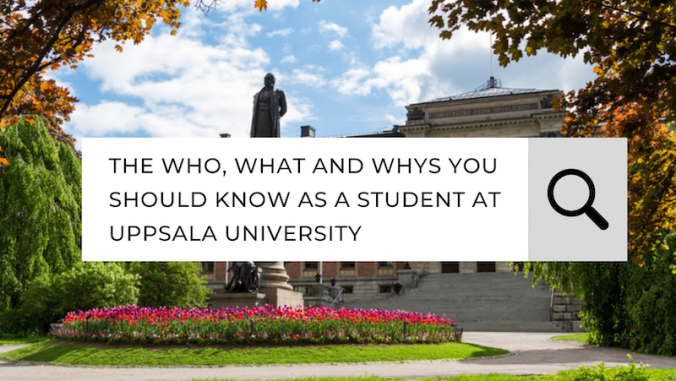
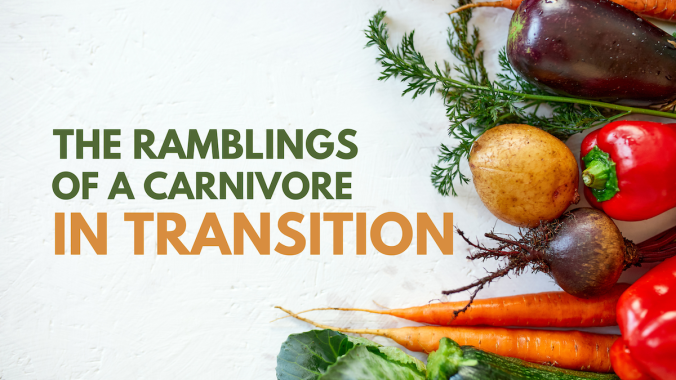






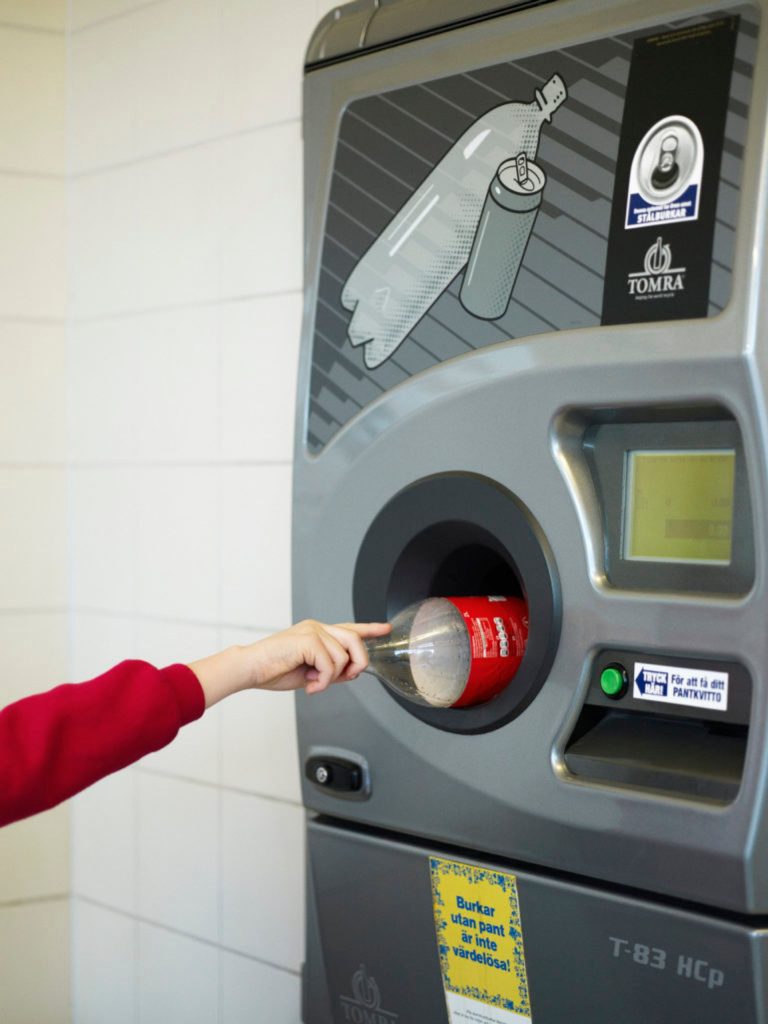
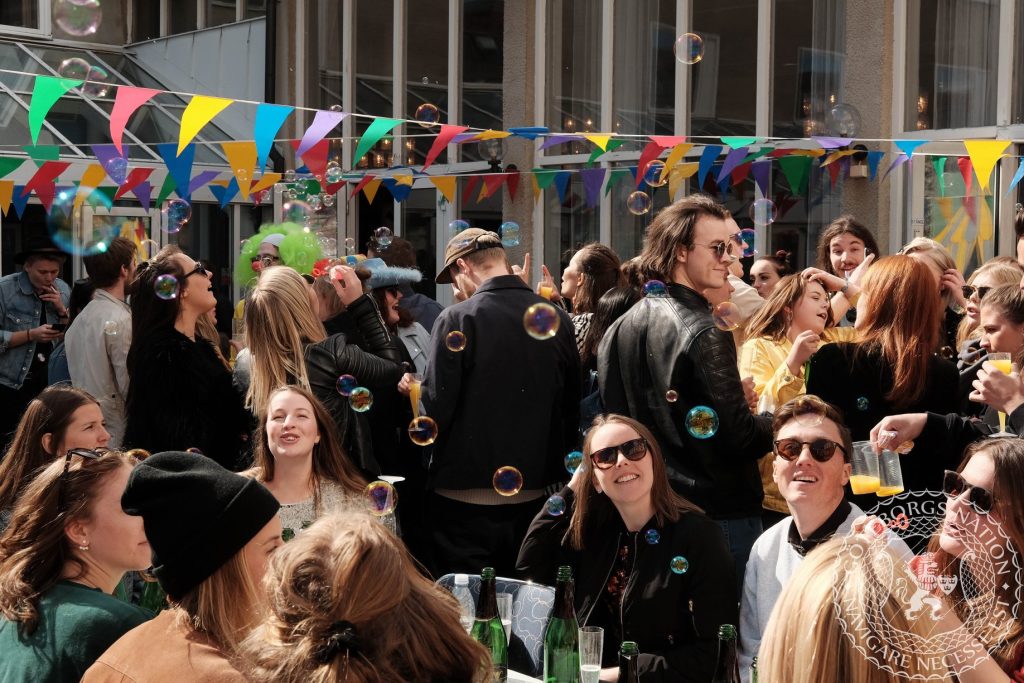

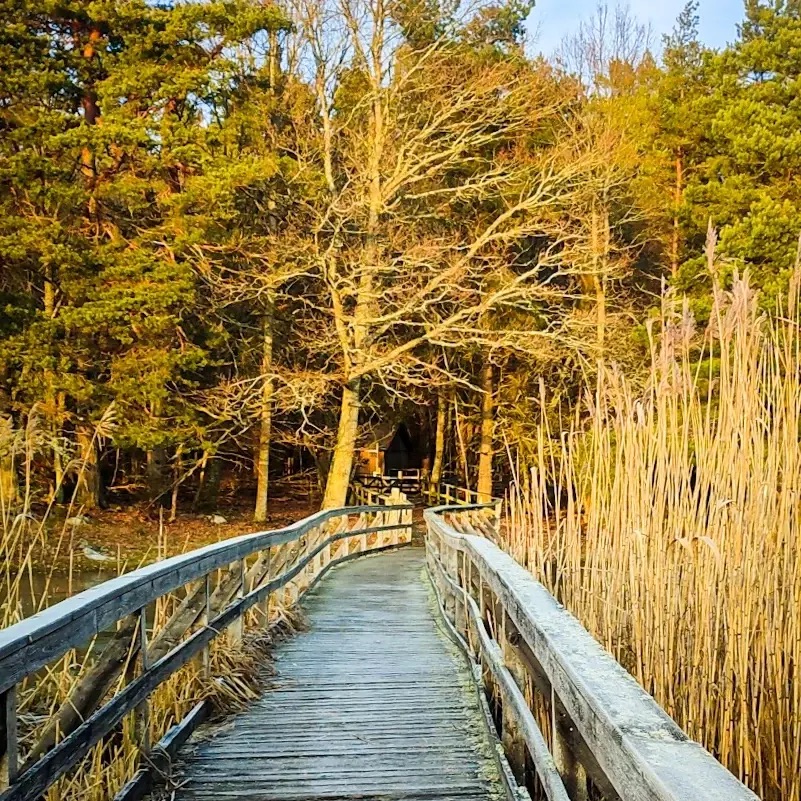
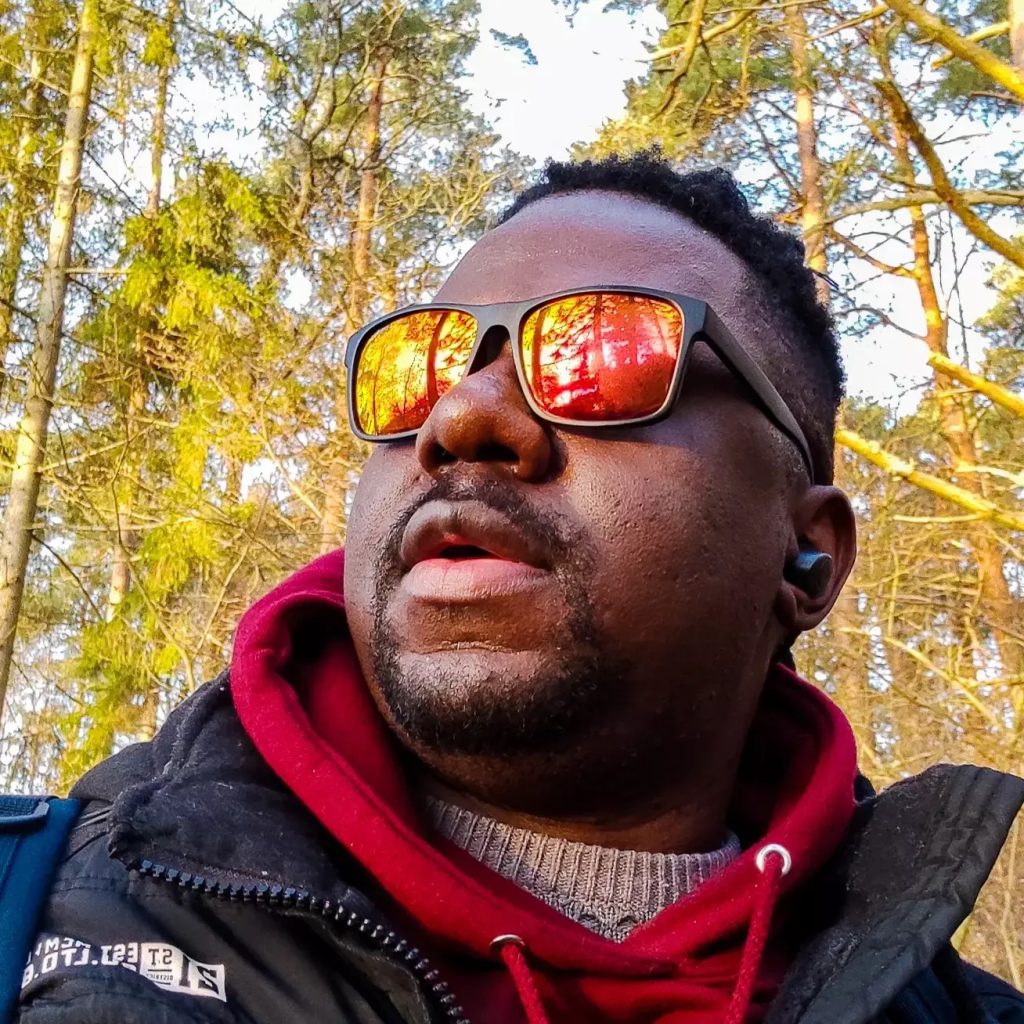

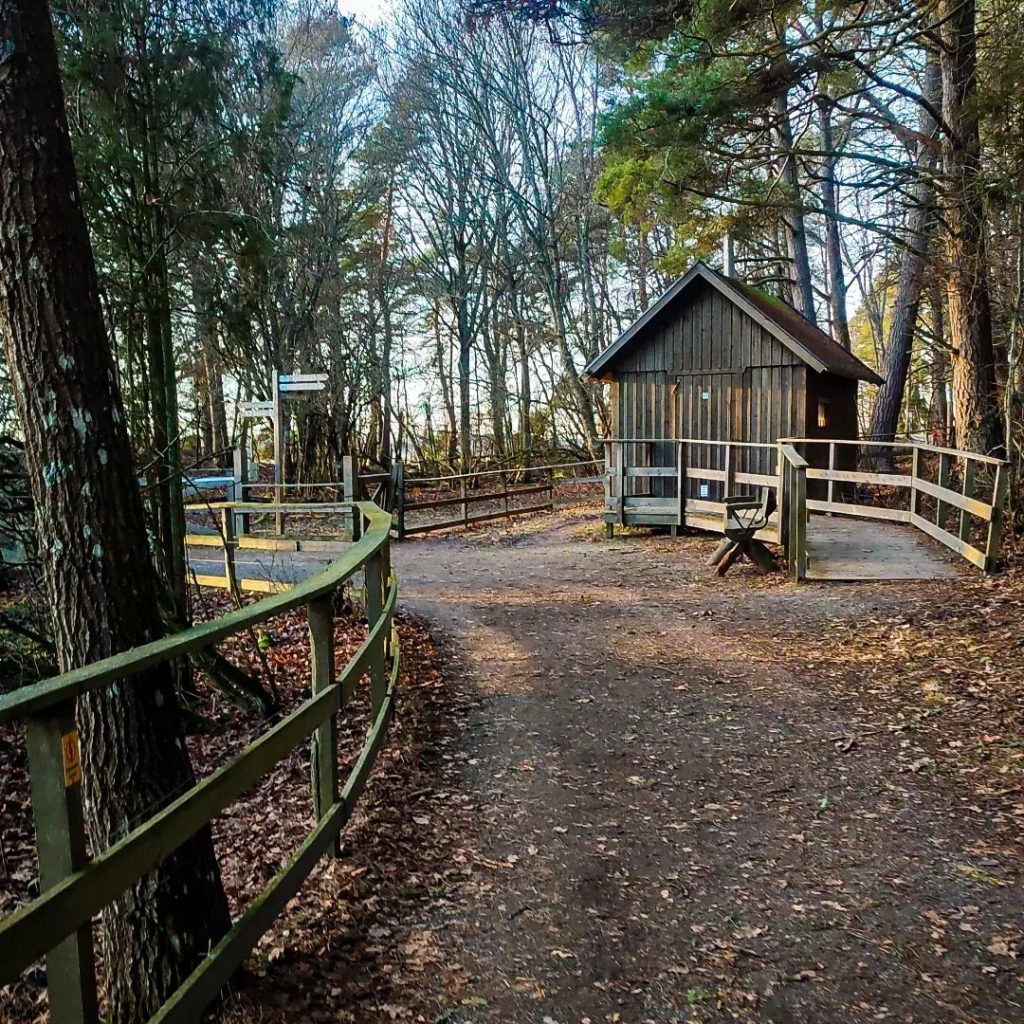
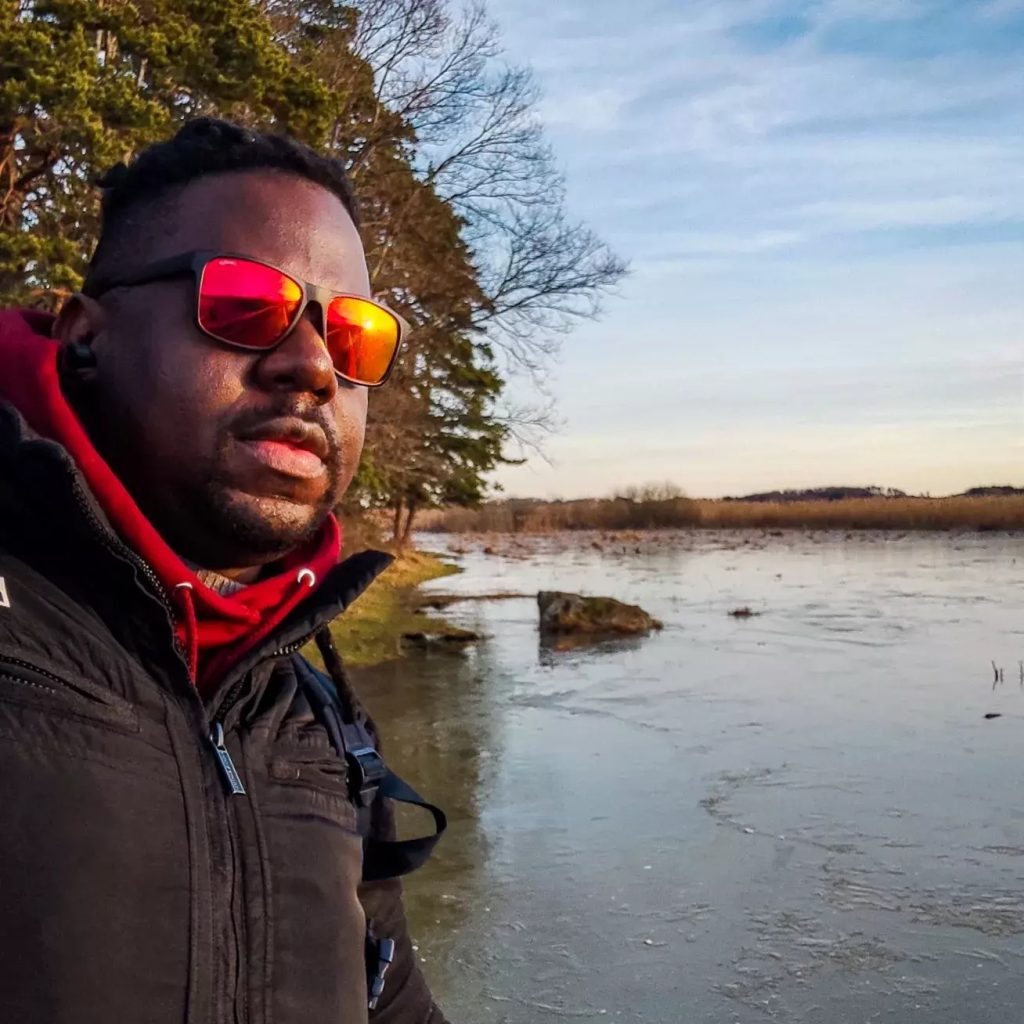
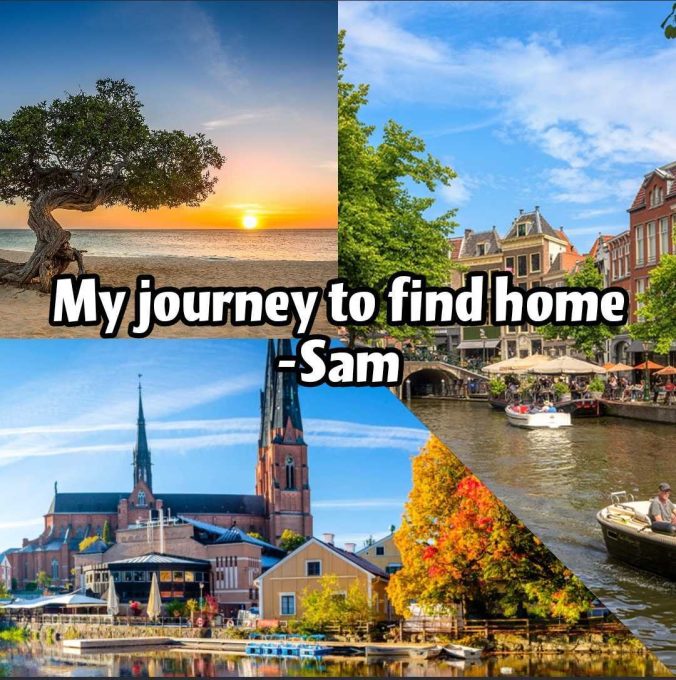
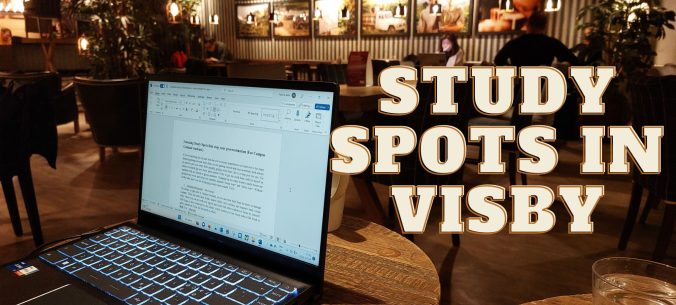
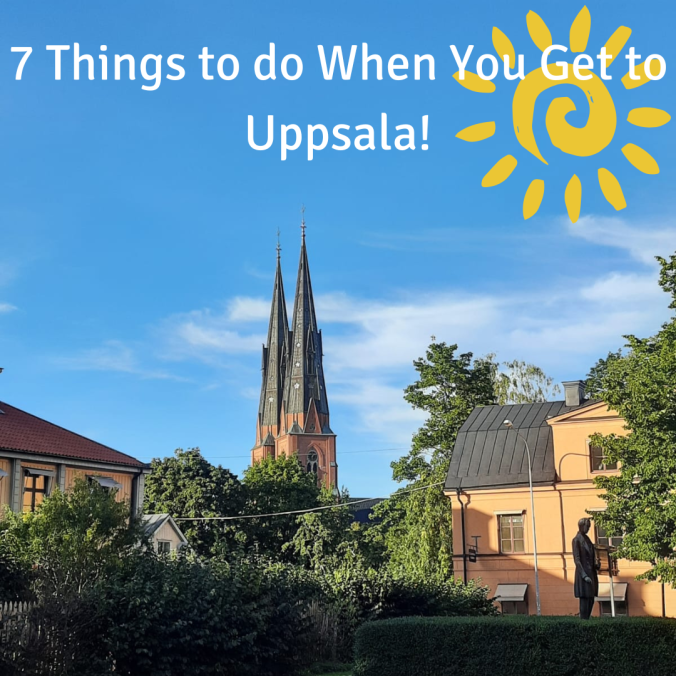
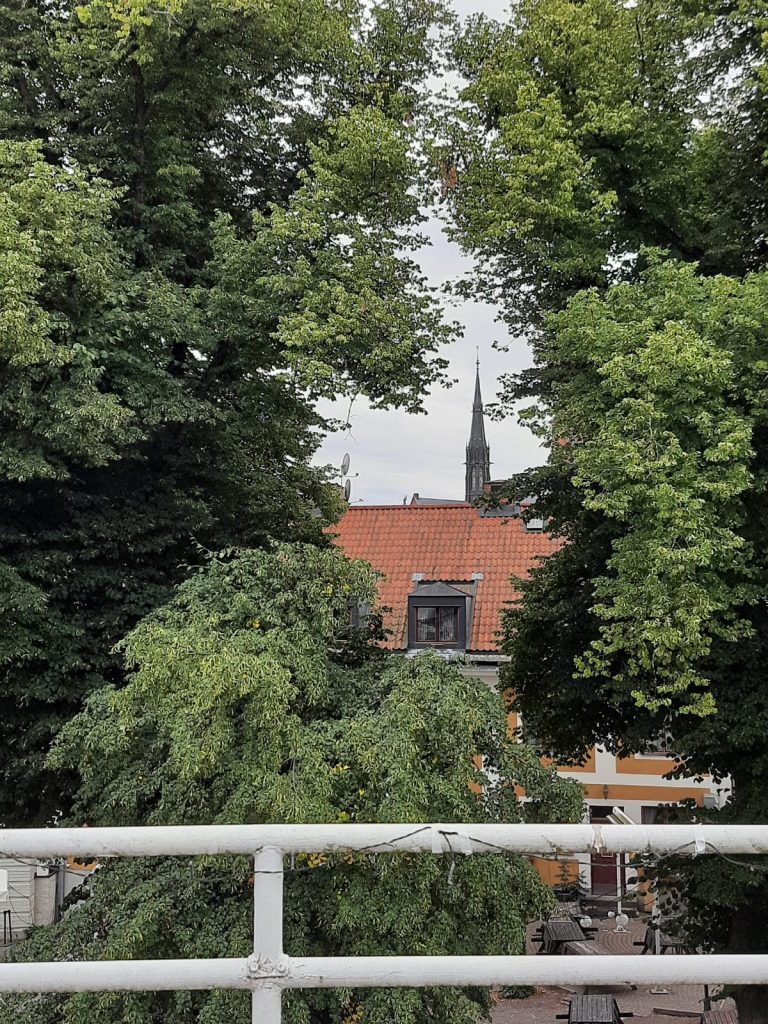
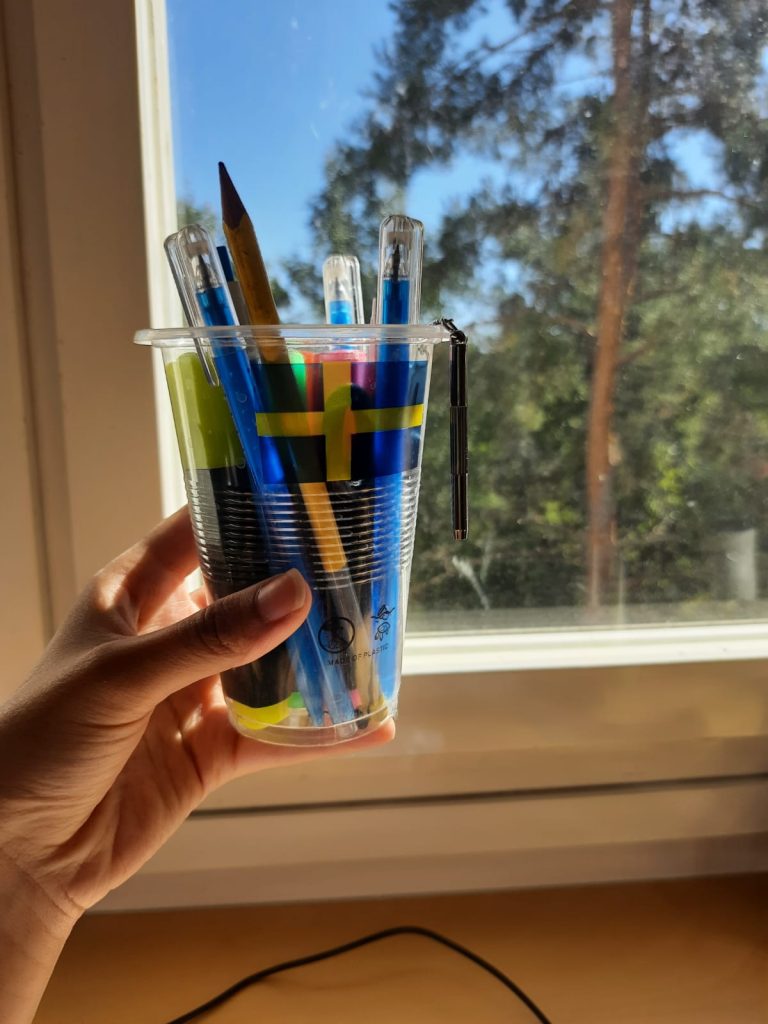
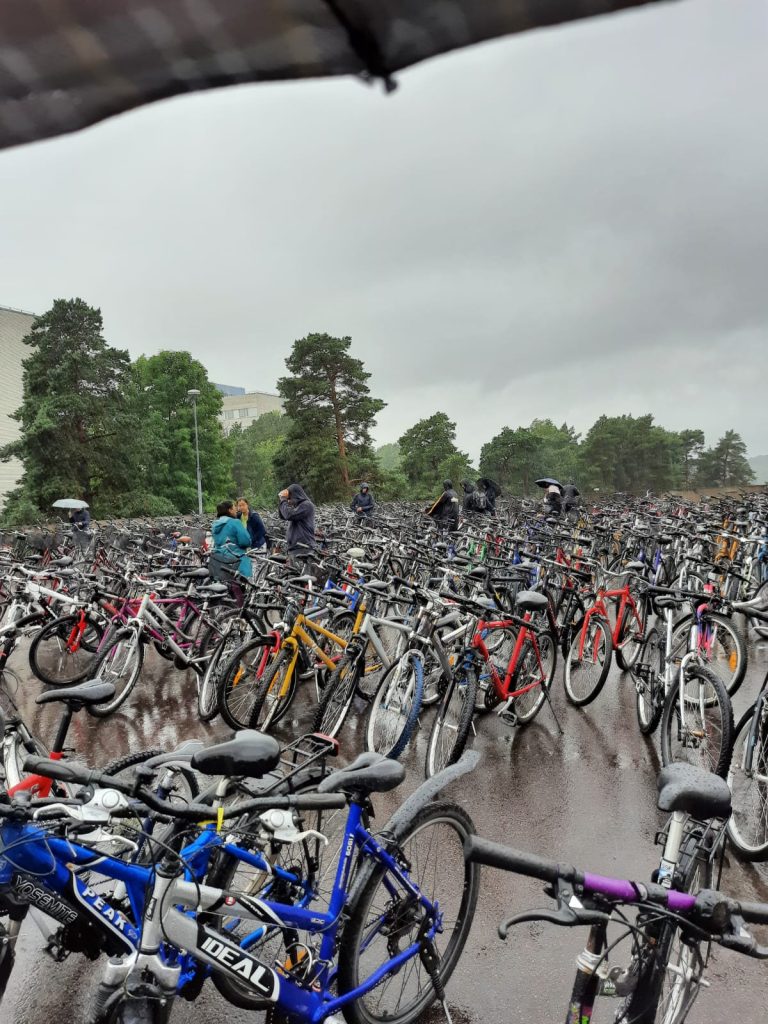

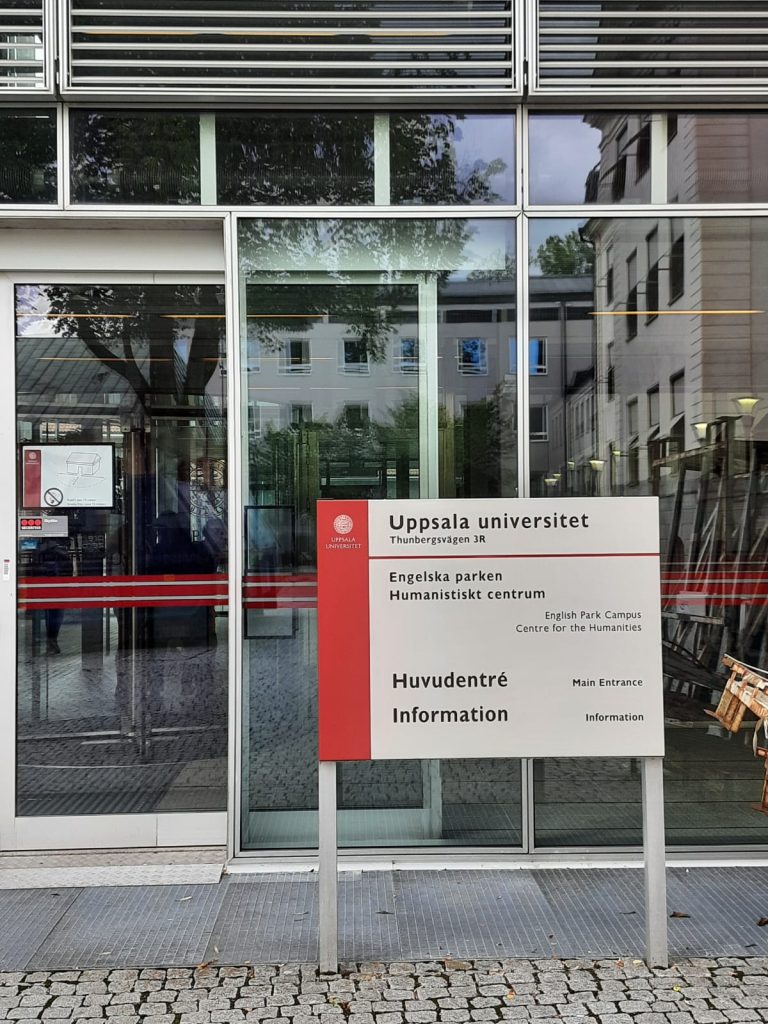

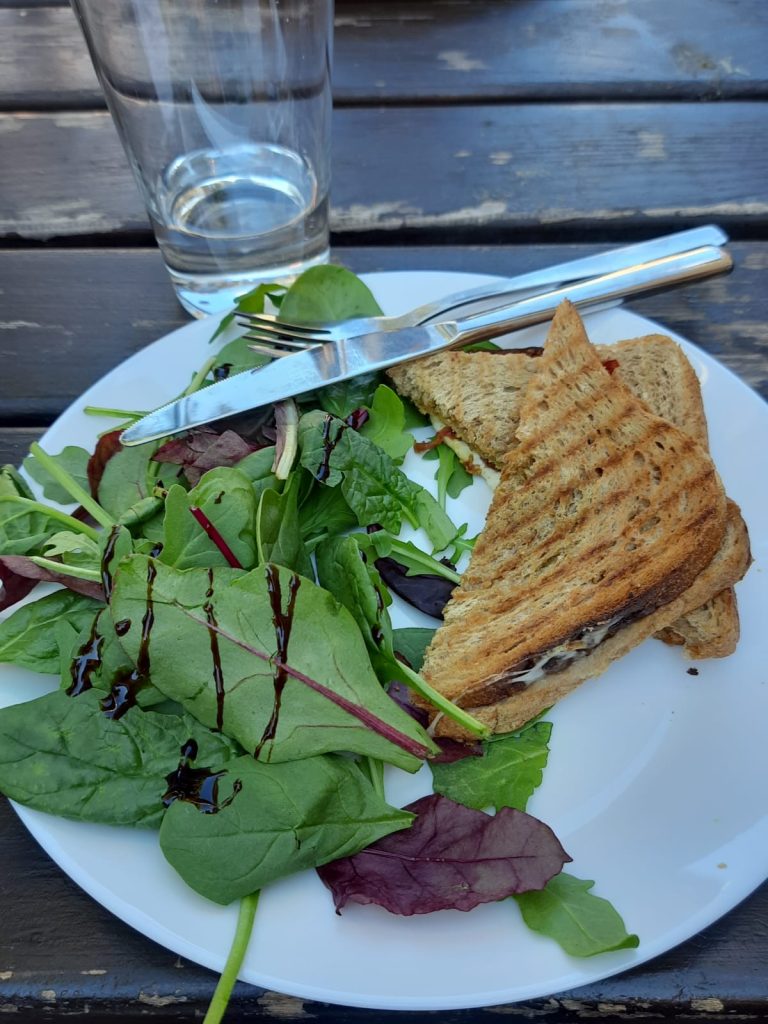

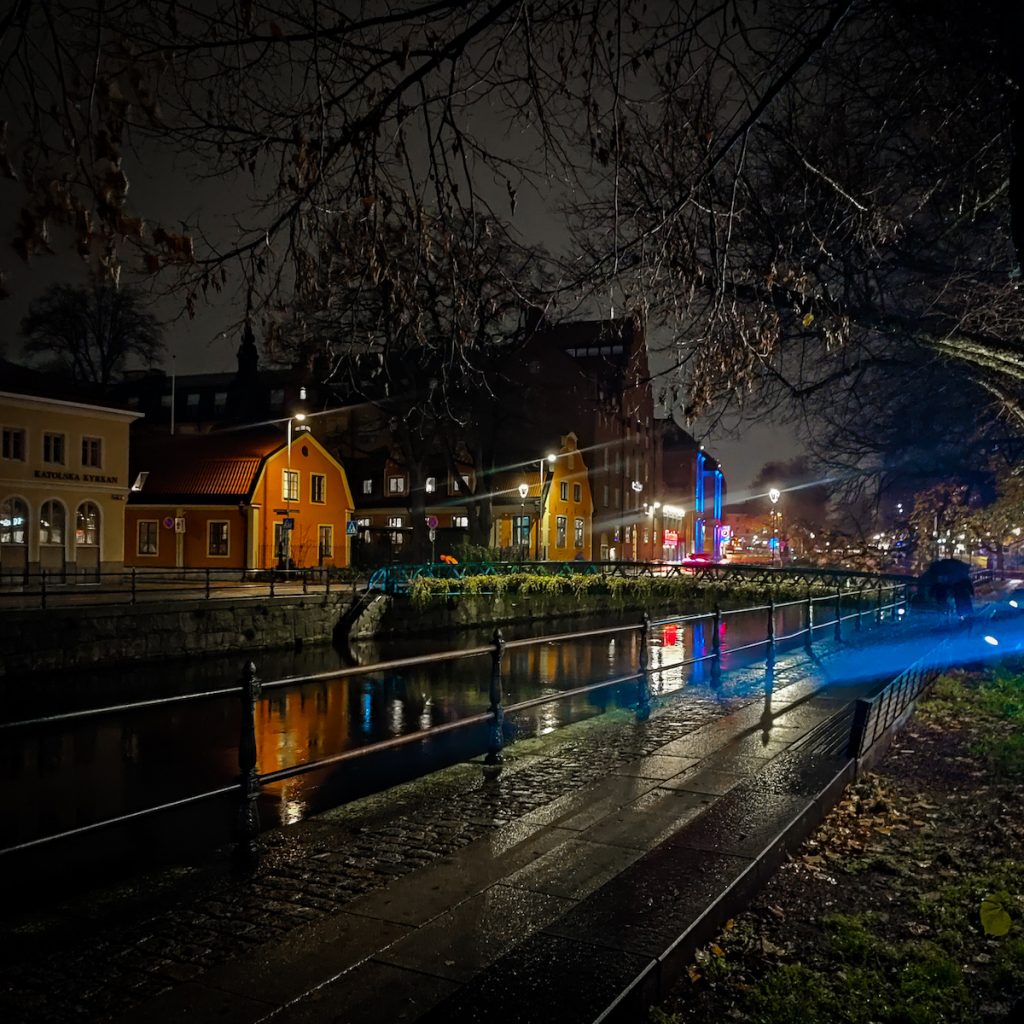
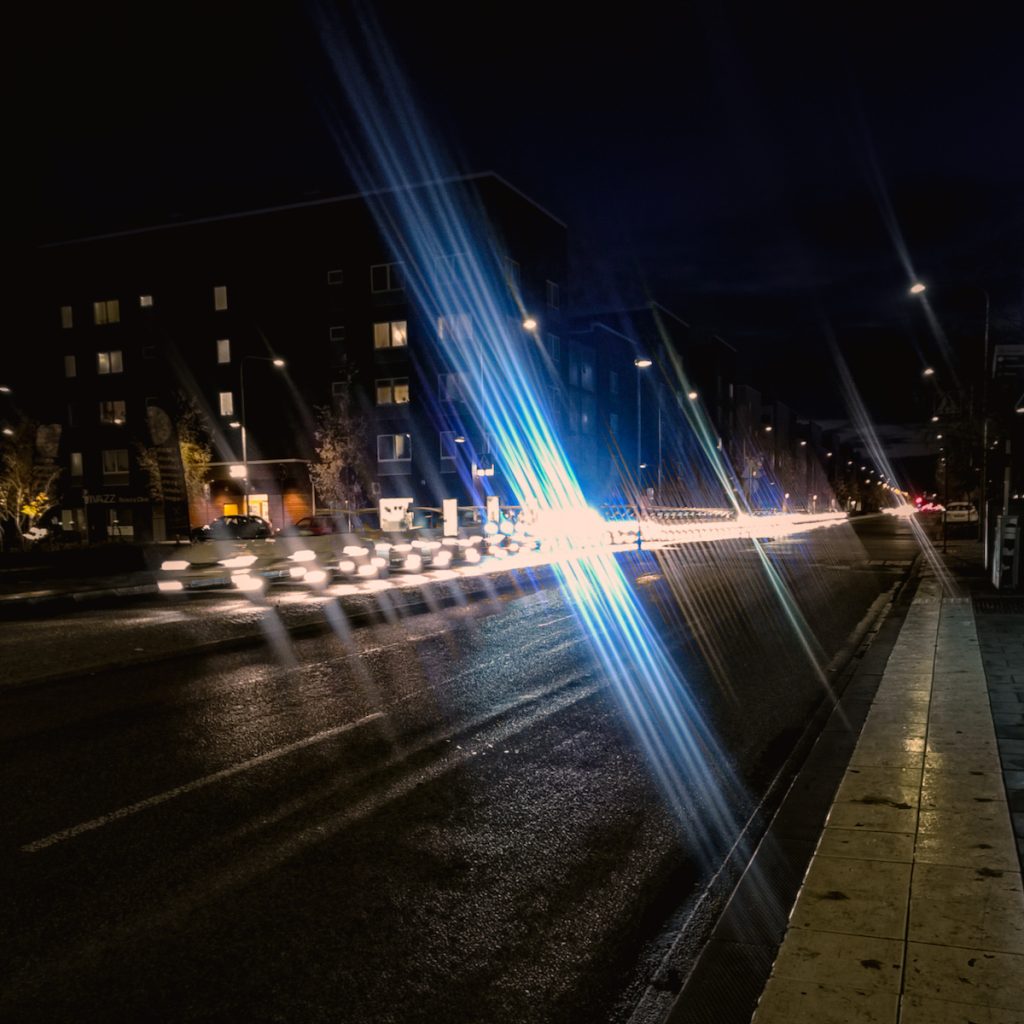
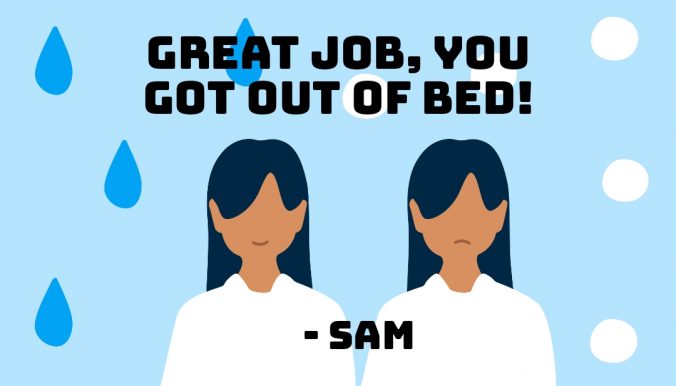
Recent Comments